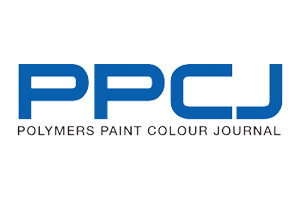
Demand for lightweight construction systems in the automotive industry is now at an all-time high, with the aim being to cut fuel consumption, costs and CO2 emissions. According to VCD Verkehrsclub Deutschland, reducing the weight of a vehicle by 100 kilograms lowers fuel consumption by 0.5 liters over a distance of 100 kilometers and cuts carbon dioxide emissions by 1.2kg over the same distance. Lightweight structures are now more important than ever given the trend toward future-oriented drive technologies such as electric mobility.
Bayer MaterialScience has already developed a wide range of energy-efficient polyurethane materials for the automotive sector. At UTECH 2012, it is going one step further with the presentation of the Bayflex® RIM Light Weight polyurethane system that can be used to further reducing the weight of finished components by up to 30%. With a density of just 0.9kg/litre, this material is even lighter than water.
This solution owes its lightweight design to the high-grade Bayflex® polyurethane system in tandem with a clever combination of fillers that replace the usual mineral fibres," explained Dr Birgit Meyer zu Berstenhorst, who was responsible for developing the material. "The excellent mechanical properties remain intact," she added. The material enables a considerable reduction in fuel consumption and CO2 emissions and, with certain vehicle models, also improves driving dynamics. In electric cars, this better compensates for the still considerable weight of the battery and helps extend the vehicle’s range.
This compact material offers great design freedom for vehicle construction and can be used to make components with a Class A surface that are to be finished with a high-grade coating. It is processed using tried-and-tested RRIM (Reinforced Reaction Injection Molding) technology.
In addition to car components, Bayflex® RIM Light Weight can be used for applications in other forms of mobility such as trucks, buses, trains, aircraft and ships. Bayer experts believe it is also suitable for use in the leisure and furniture sector, the construction industry and the IT segment.




